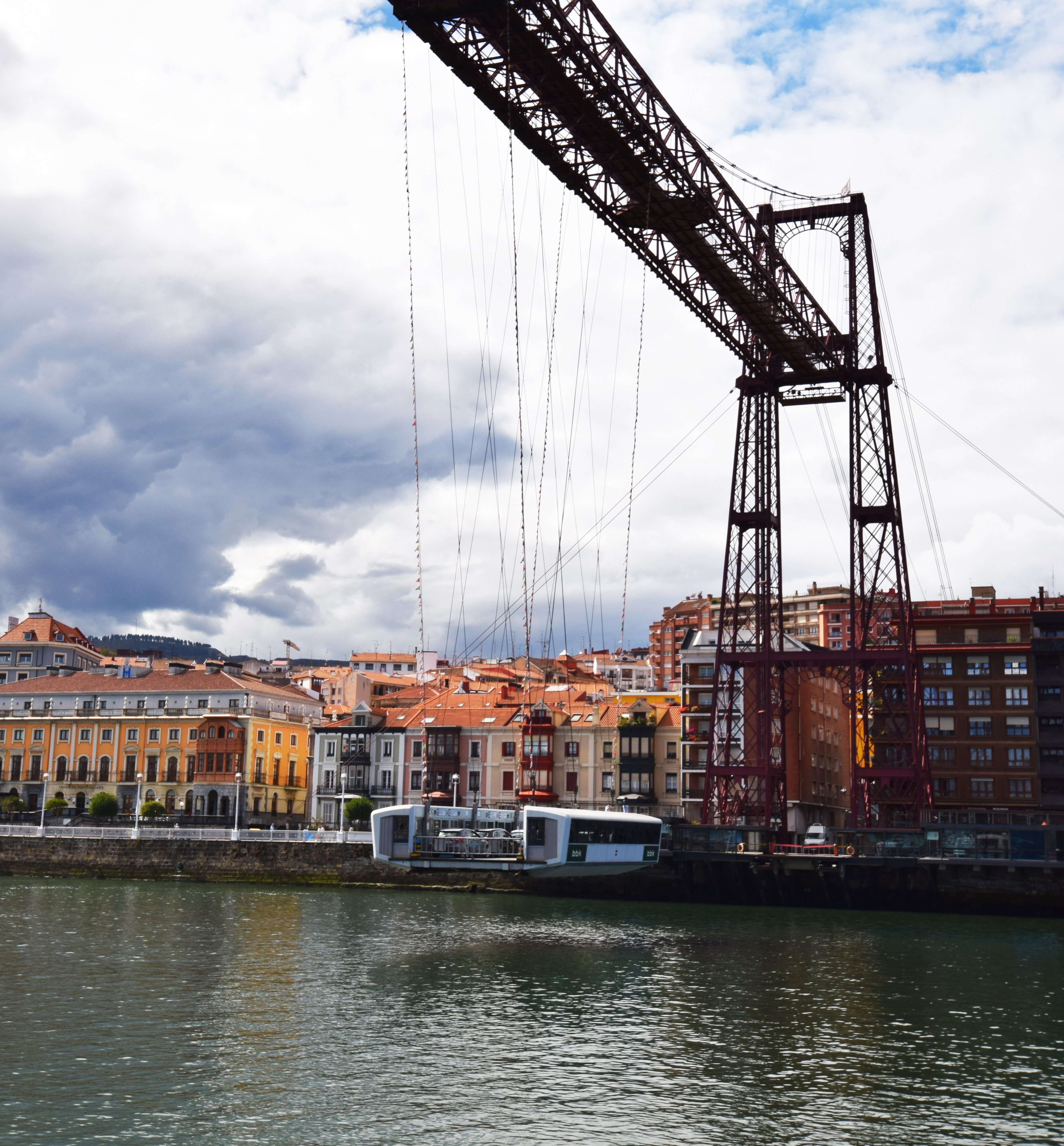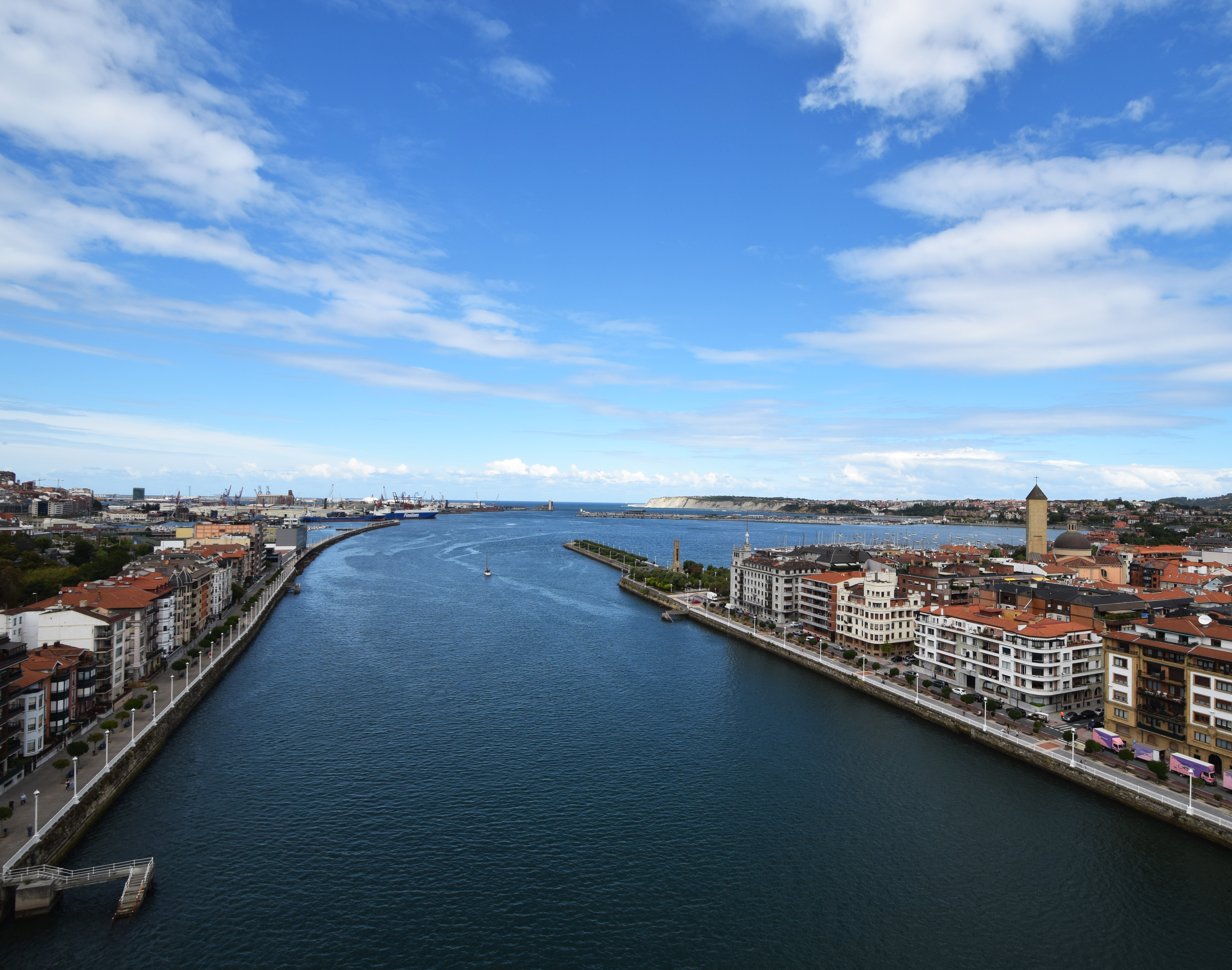BILBAO, BASQUE COUNTRY, SPAIN — I turn a corner in the Getxo district of this lovely Basque city and am stopped in my tracks by what looks like a giant Erector Set version of London’s Tower Bridge. The rust-coloured object I’m looking at stretches across the Nervion River near the Bay of Biscay, connecting Getxo with neighbouring Portugalete, two former towns with proud maritime histories.
David Elexgaray, the man showing me around Bilbao, identifies the strange object as the Vizcaya Transporter Bridge.
“It’s one of our biggest tourist attractions and is now (since 2006) recognized as a UNESCO World Heritage Site.”
People rush past us and jump into a futuristic pod hanging from long gables below the main structure and are slowly ferried across the river in the remarkable contraption which opened on July 26, 1893 after three years of construction.
“The original pods were actually baskets and part of them were covered with canvas to protect passengers from the sun,” David tells me. “If you wanted protection, you would cost more, of course.”


Left: Futuristic pods carry passengers across the river. Right: Alberto de Palacio designed the bridge.
The Vizcaya Bridge, the first of its kind ever constructed, was built to move people and cargo back and forth across the river without disrupting the flow of shipping through the Old Port of Algorta. It was hailed as one of the greatest accomplishments of Europe’s Industrial Revolution and remains one of the world’s most impressive and unique structures.
My guide leads me to a small elevator which slowly carries us to an open crossbeam (catwalk) atop the bridge where we get impressive views of both Getxo (a.k.a. Las Arenas) and Portugalete, as well as Bilbao’s futuristic Guggenheim Museum, the Bay of Biscay and the white cliffs of Abra Bay, which drop off into the Atlantic
“The Getxo side of the river is where the affluent always lived,” says David, as we look out on some impressive mansions and villas. “Portugalete was reserved for the dock and steel workers who helped make this area of Bilbao so prosperous in the 1800s.”
The bridge, which locals call Puente Colgante (the hanging bridge), is made of four 61-metre high towers that are braced on either side of the river by iron cables. The crossbeam, which lies horizontally, is supported by 70 suspension cables.

Above: Views from the top of the bridge are simply breathtaking.
The fascinating design was the brainchild of Alberto Palacio y Elissague, one of Spain’s most famous architects who also designed Madrid’s legendary Crystal Palace in Retiro Park. He also worked on the Eiffel Tower.
The upper part of the bridge was destroyed during the Spanish Civil War in 1937 and did not reopen until 1941 — it has undergone at least five updates since.
More than 650 million people have used the bridge since its opening and the most thrilling experience is to walk across the narrow crossbeam with the strong Bay of Bilboa wind pushing against you.
The Getxo side of the bridge, which features a lovely square surrounded by chic restaurants, has become a popular gathering spot for tourists and locals alike.
About the Author
Marc Atchison is a veteran journalist and a seasoned traveller with more than 20 years of travel writing experience. As the former Travel Editor of the Toronto Star, Canada's largest newspaper, and now Editor-in-Chief and Senior Writer for TraveLife magazine (Canada) and travelife.ca, Marc has been to over 100 countries in the world. Japan is one of his favorite destinations and he's been there on numerous occasions.